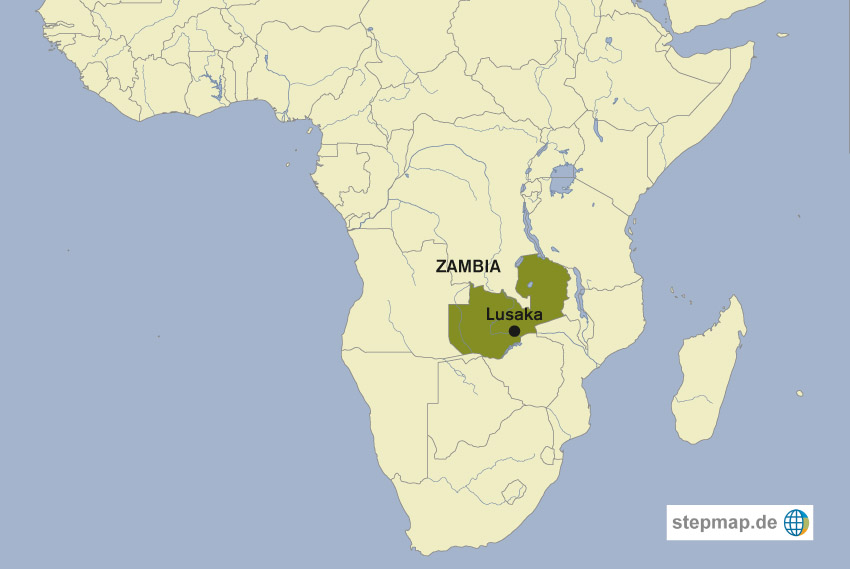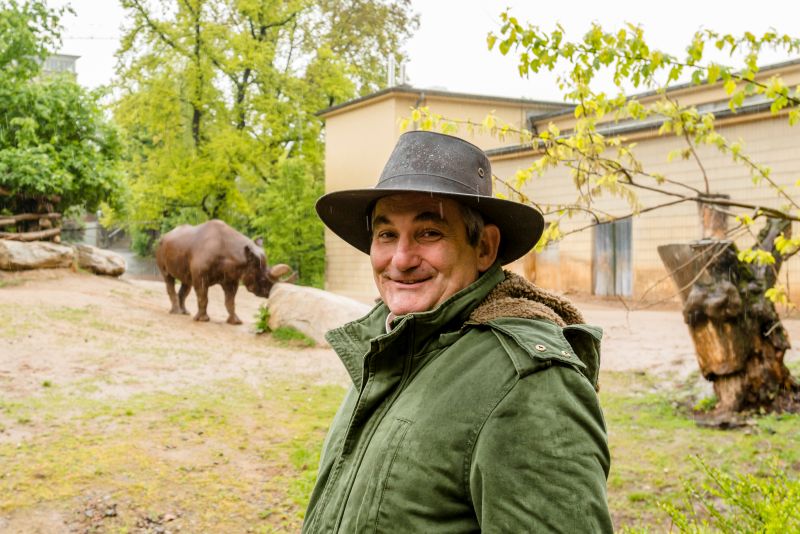Great-ape tourism
The closer they get, the bigger the risk
Great-ape tourism in Africa has grown significantly over the past two decades. Forest sites have become easily accessible. Nowadays, airplanes, cars and boats bring tourists right into the chimpanzee and gorilla territories. Steep and overgrown paths have been smoothed and opened. Professional trackers follow animals from dawn till dusk, monitoring their location. That allows tourists to arrive by the shortest, easiest route possible. Visitors that cannot climb or walk are literally carried to the apes. Almost anyone who has the financial means can go see chimps and gorillas in African forests.
The massive intrusion into apes’ natural habitats has a downside though. Some experts believe that ape tourism has crossed the line and that animals that are turned into tourist attractions are no longer wild. Great apes in national parks like the Volcanoes National Park in Rwanda or Gombe Stream National Park in Tanzania are still free ranging, but only within the limits of their shrinking habitat, increasingly encroached by humans.
Habituated groups are monitored daily, treated by vets whenever necessary and kept as safe as possible by rangers patrolling the forests. Compared with non-habituated peers, they lead a safer, somewhat cushioned life.
Behavioural research
Chimps and gorillas were first habituated to the human presence for the purpose of behavioural research. In the 1960s, Louis Leakey initiated the studies of free ranging great-ape populations in Africa, sending first Jane Goodall to study chimpanzees in Gombe and then Dian Fossey to work with mountain gorillas in the Virunga forests of eastern Congo and Rwanda. Before that time, observers either incidentally and briefly encountered wild apes or watched them in captive conditions, which in those days did not meet today’s standards and caused multiple behavioural abnormalities.
When Jane Goodall and Dian Fossey gradually succeeded in the habituation process, others wanted to visit the apes as well. First, it was photographers and film crews, who were important for advertising and fundraising. Then it was individual tourists. First came local residents, then potential donors, followed by guests of state, invited by a government. Finally, the door was opened to anyone willing to pay to see gorillas or chimps in the forests of east Africa.
Tourist numbers remained low in the beginning. Travelling was difficult and time consuming, and dangers like tropical diseases and potential rebel activity were looming. Sometimes, gorillas and chimps could not be tracked down for several days. For tourists that meant tracking in steep mountains for many hours, rewarded only with a simple meal in a tent on a misty valley clearing, followed by a night spent freezing in the sleeping bag after the fire had died down. Not many people signed up.
But the word of the charm of direct encounters with our closest living relatives in their breathtakingly beautiful habitat started to spread around the world. Romantic stories of the scientists living with the apes spoke straight to the hearts of an international public. Especially Dian Fossey, the author of autobiographic “Gorillas in the mist”, became a hero for many.
Apart from beautiful images and pure emotions of love for the animals and the environment, tourism has another side: money. People are willing to pay a high price for the special encounters (see box next page); great-ape tourism has become a big business. The governments of the countries that are the homes of the great apes face economic challenges. They saw a chance to profit from the increasing interest in the free-ranging apes and the requests to visit them. Gorilla and chimp tourism as well as the infrastructure it depends on provide opportunities to make money.
Jobs were created, business opportunities for local people arose, and community projects were started with the “gorilla money”. This is good. However, the numbers of visitors are growing, and so are those of apes habituated to people, so it is becoming ever more problematic to fulfil all the tourists’ dreams and wishes.
Forest and apes are now visited by tens of thousands of people every year. In addition, there is the daily tracker presence. When the animals leave the forest, they also encounter humans. The gorillas and chimps are becoming less shy and more accepting of people. On one hand this is great: animals are less stressed, and tourists get the closeness they came for.
The experience in the Virungas shows that what fascinates people most is to be touched or even pushed or kicked by a gorilla. Sometimes gorillas do it because they are annoyed by people coming so close, but juveniles and young blackback gorillas have fun playing with people. However, great apes learn fast, and there is always a risk that if not stopped at this early stage, some males can develop a pattern of targeting people and playing with them more harshly.
Disease transmission
Another risk is the possible disease transmission between humans and gorillas and chimps in the forest. Great apes share over 96 % of our genetic material. People generally seem to be aware of the possibility of zoonotic disease transmission: veterinarians are often asked by people who find parasites or an infection in their house pet, if they can get the disease themselves. But this sensitivity does not seem to work the other way round. Most visitors do not seem to realise how likely it is for a person with an active respiratory infection to give it to immunologically ignorant gorillas in the forest. It’s a simple formula: The more people visit gorillas, the closer they get, the bigger the risk.
At the end of the day though, habituation and tourism benefit great apes. The habituated groups of mountain gorillas are the only great-ape population that is increasing in numbers. The reason for this success largely lies in the protection provided by daily visits by rangers, which would not be possible without the income provided by tourism.
The International Union for Conservation of Nature (IUCN) has formulated guidelines for great-ape visitation such as keeping a minimum of seven meters distance between humans and great apes. If those guidelines are followed and measures are taken to limit the risk of disease transmission, the benefits of great-ape tourism will continue to outweigh the risks for generations to come.
Magdalena Braum is a veterinarian and has worked both with chimps in Gombe Stream National Park and with gorillas in Volcanoes National Park.
magdalena.mambo@gmail.com











